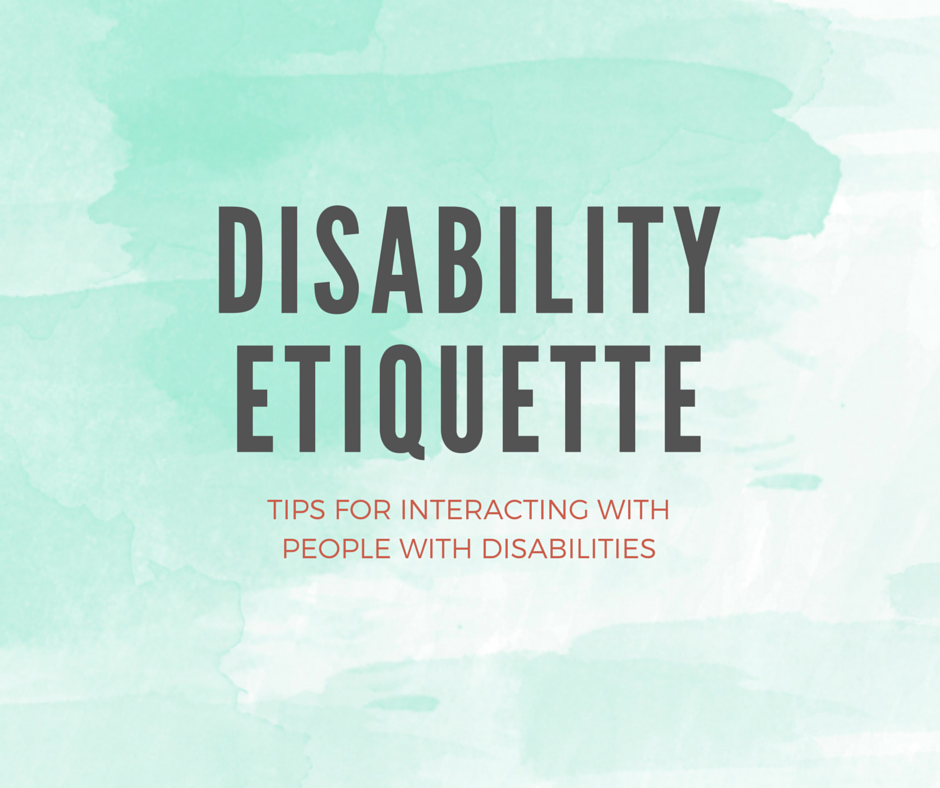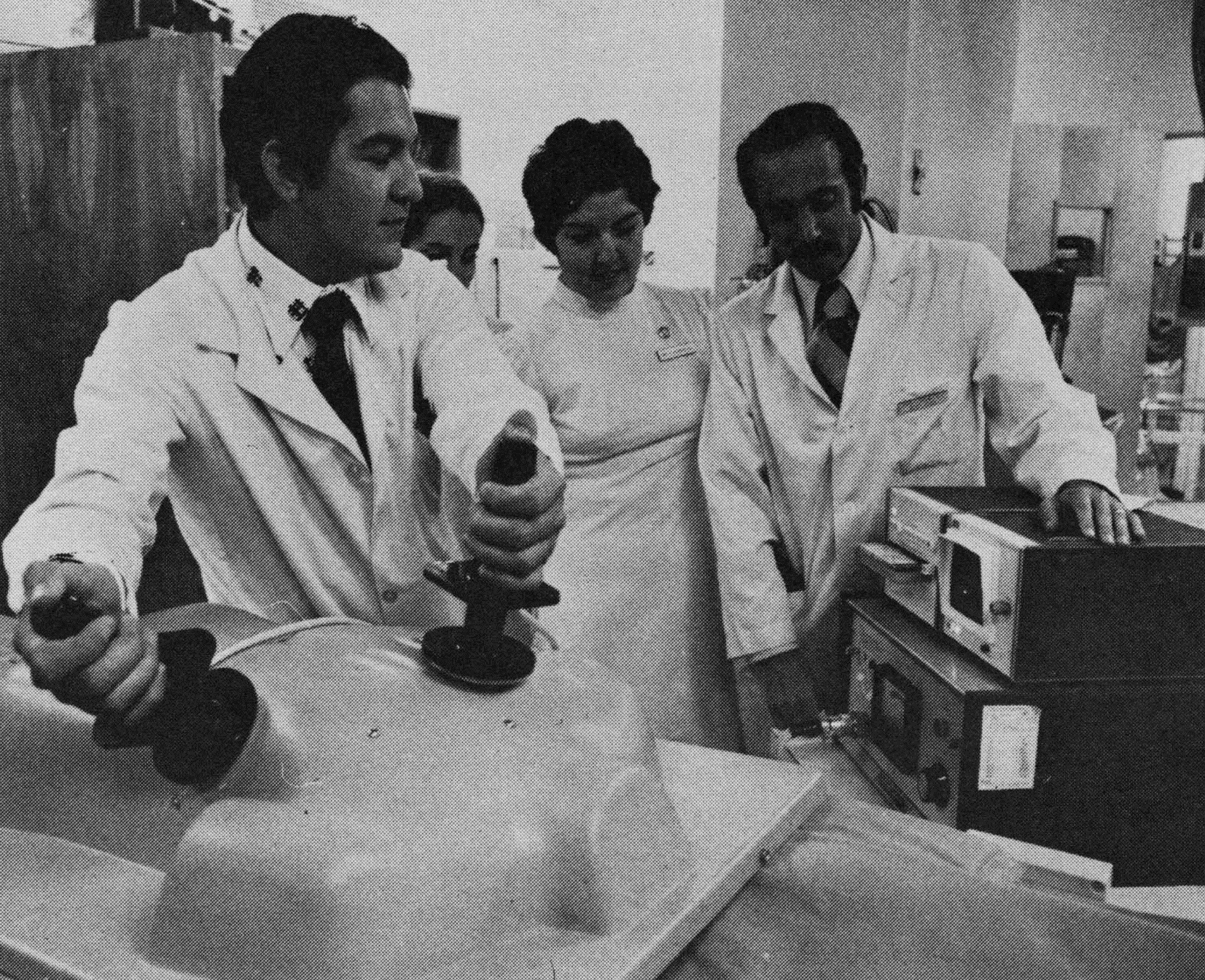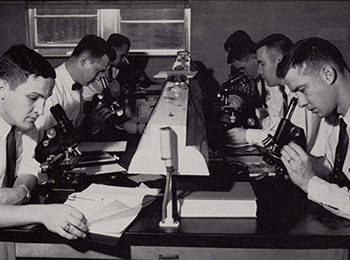Disability etiquette: Top 5 tips for interacting with people with disabilities
 When it comes to effective communication and interaction with any person, respect and courtesy are key.
When it comes to effective communication and interaction with any person, respect and courtesy are key.
These priorities don’t change when interacting with people with disabilities.
Here are five tips to help maintain good etiquette and address specific issues related to disabilities:
- Speak directly to a person with a disability
When talking to someone with a disability, always speak directly to him or her. Even if they require some assistance/device to facilitate communication, you are speaking to them and they deserve your full attention. Be sure to speak in a way that accommodates any communication issues the person might have. - Always use “person first” language
When talking about a person with a disability, never use language that can seem demeaning. Terms like “handicapped” or “cripple” have a negative connotation that can offend others. It is best to ask them what terms they prefer to use. - Don’t ask a person using a wheelchair to hold things for you
Personal space is important to all of us, and that is true about people who use wheelchairs as well. People confined to chairs envelop their device into their perception of personal space. Manipulating something like someone’s wheelchair can be intrusive, offensive, or harmful to the owner. - Don’t judge people based on appearance
Many types of disabilities have physical ramifications that may make them seem more impaired than they might be. Never assume that because a person’s appearance is altered that they are any less mentally capable than you, their abilities are just different. - Speak clearly to a person with a developmental disability
Do not speak to someone in a derogatory manner just because they appear to have an intellectual or developmental disability. Someone with a developmental disability may need assistance, but you shouldn’t try to push them or pressure them to think faster. Help people with developmental disabilities accomplish a task for themselves, at their own pace.
Most importantly, no matter what disability a person might have, they are always an individual just like you and I. Individuals with disabilities have full lives with hobbies and passions. Their “disability” does not define them, and it should not define how to interact with them.
Additional Resources
Get tips to help cut anxiety and stress for caregivers.
Learn more about the Baylor College of Medicine and Texas Children’s Transition Medicine Clinic.
Like the clinic on Facebook to receive their news and updates.
–By Cynthia Peacock, M.D., associate professor in the Transition Medicine Clinic at Baylor College of Medicine.



Thanks for the tips about interacting with people who have disabilities. I don’t want to seem rude, so knowing the correct etiquette will be really helpful. It makes sense that moving a person’s wheelchair without asking would be rude, because that would be like shoving a person out of way. I will be sure to take your advice and always show respect and courtesy. http://www.vimedical.ca/